In the ever-evolving world of sports and fitness, the choice of clothing plays a pivotal role in performance and comfort. One of the most significant advancements in athletic apparel is the introduction of moisture-wicking fabrics. These innovative textiles are designed to draw sweat away from the skin and promote evaporation, ensuring that athletes stay dry and comfortable during their physical activities.

Growing Popularity in Activewear
The popularity of moisture-wicking fabrics has surged in recent years, coinciding with the growing emphasis on fitness and wellness in contemporary culture. As more individuals embrace active lifestyles, they seek clothing that enhances their performance while providing style and comfort. Activewear brands have responded to this demand by incorporating moisture-wicking technology into their collections, making it a standard feature in everything from leggings to running shirts.
Athletes are also becoming more discerning about their gear, seeking activewear fabrics that maintain their integrity and performance through wear and repeated washing. Moisture-wicking fabrics have proven to be resilient, maintaining their functional properties over time, which appeals to both amateur and professional athletes alike.
What Are Moisture-Wicking Fabrics?
Moisture-wicking fabrics are specially designed textiles that draw moisture away from the skin and facilitate its evaporation on the fabric's surface. This process helps to keep the wearer dry and comfortable, especially during strenuous exercises or in hot environments. Unlike traditional cotton fabrics, which tend to absorb moisture, leading to a damp and uncomfortable experience, moisture-wicking materials provide a dynamic solution that promotes both comfort and efficient temperature regulation.

How Do Moisture-Wicking Fabrics Work?
The performance of moisture-wicking fabrics is primarily based on two key mechanisms: capillary action and evaporation. These fabrics are engineered to transport sweat away from the skin to the fabric's outer layer, where it can evaporate.
1.Capillary Action: The surface structure of moisture-wicking fabrics plays a critical role in their ability to move moisture. Many of these fabrics feature specially crafted fibers that create channels or grooves. When sweat is generated, these channels allow for capillary action, effectively pulling moisture away from the skin. This process is crucial, as it minimizes the amount of moisture in contact with the skin, keeping the wearer feeling dry.
2. Evaporation: Once moisture reaches the outer layer of the fabric, it is exposed to air, where it can evaporate quickly. The quicker the sweat absorbs, the drier the wearer remains. This evaporation process is an essential aspect of maintaining comfort, especially during intense physical activities when body temperature increases.

The Benefits of Moisture-Wicking Fabrics
1.Comfort: Stay Dry, Stay Comfortable
One of the most significant advantages of moisture-wicking shirts is their ability to keep the wearer dry. During intense workouts or sports activities, perspiration is inevitable. Traditional cotton and other absorbent fabrics tend to soak up sweat, leaving the wearer feeling heavy and damp. Conversely, moisture-wicking materials are engineered to draw moisture away from the skin and disperse it across the fabric, allowing it to evaporate quickly. This means that whether you're running a marathon or engaged in a high-intensity interval training (HIIT) session, you can remain comfortable and focused on your performance without the distraction of clingy, damp clothing.

2.Performance: Enhance Your Game
Moisture-wicking fabrics not only provide comfort but also play a crucial role in enhancing athletic performance. By reducing moisture buildup against the skin, these fabrics naturally minimize chafing and skin irritation, which can be significant issues during extended physical exertion. Furthermore, by keeping the body cooler, moisture-wicking garments help regulate body temperature, preventing overheating. This thermoregulation translates into improved endurance and performance, allowing athletes to push their limits with less discomfort.

3.Hygiene: Combatting Odor and Bacteria
Another critical benefit of moisture-wicking fabrics is their impact on hygiene. Traditional fabrics like cotton can harbor moisture, providing an environment for bacteria to thrive. This can result in unpleasant odors and skin irritations. In contrast, many moisture-wicking materials are treated with antimicrobial agents that help to inhibit the growth of odor-causing bacteria. As a result, activewear made from these fabrics tends to stay fresher for longer, reducing the need for frequent washing and prolonging the lifespan of the garment.
Key Features to Look for in Moisture-Wicking Fabrics
One of the essential components of athletic wear is moisture-wicking fabric, designed to effectively manage sweat and keep you dry. As you shop for dri fit activewear, here are some key features to consider in moisture-wicking fabrics.

- Breathability:
Breathability is one of the foremost features you should look for in moisture-wicking fabrics. Good breathability allows air to circulate through the material, promoting cooling and comfort even during intense workouts. Fabrics with high breathability help prevent overheating by facilitating the evaporation of sweat away from the skin. Look for materials that have mesh panels or are constructed with open fibers to enhance airflow.

- Quick-Drying:
Have you ever finished a workout, only to feel uncomfortable in your damp clothes? Quick-drying fabric can make a significant difference in your post-exercise experience. These fabrics are engineered to wick moisture away from the skin and enable rapid evaporation, preventing that clammy feeling. This feature is particularly beneficial for outdoor activities, where weather conditions can change unexpectedly. When shopping for moisture-wicking apparel, always check the drying time stated by the manufacturer.
- Durability:
When investing in activewear, durability is a critical factor. You want moisture-wicking fabrics that withstand the rigors of frequent use without losing their efficacy. High-quality synthetic fibers, such as polyester and nylon, are often incredibly durable, providing consistent performance even after multiple washes. Always read reviews and consider brands known for their quality to ensure you're choosing garments that will last.

- Flexibility:
Flexibility is essential when selecting moisture-wicking t-shirts, particularly for activities that require a wide range of motion. Fabrics that are stretchy and have good elasticity allow for unrestricted movement, whether you're reaching for the next yoga pose or sprinting to the finish line. Look for blends that include spandex or elastane, as these materials offer excellent flexibility while maintaining moisture management properties.
Popular Moisture-Wicking Fabrics in the Market
As consumers become more conscious of performance-enhancing materials, multiple brands have developed popular moisture-wicking fabrics. Here are a few of the most recognized options:
- Polyester: Often the go-to for sweat absorbing clothing, polyester is lightweight, durable, and dries quickly. It’s commonly used in athletic t-shirts and shorts, making it an excellent choice for various activities.
- Nylon: Known for its strength and flexibility, nylon is another popular material in moisture-wicking apparel. Its ability to stretch makes it suitable for close-fitting garments like leggings and running shorts.
- Merino Wool: An excellent natural alternative, merino wool is not only moisture-wicking but also temperature-regulating. It can keep you warm in cold conditions while still managing moisture effectively, making it ideal for outdoor enthusiasts.
- Bamboo Fabric: This eco-friendly option is gaining popularity due to its natural moisture-wicking properties and breathability. Bamboo fabric is soft, comfortable, and biodegradable, catering to environmentally conscious consumers.
- Lyocell (Tencel): Made from sustainably sourced wood pulp, lyocell is a fiber with natural moisture-wicking capabilities. It is often blended with other materials to enhance comfort and promote a breathable experience.
Conclusion
In conclusion, moisture-wicking fabrics are a cornerstone of effective activewear, enhancing comfort, performance, and durability. They cater to the needs of athletes and fitness enthusiasts alike, ensuring that nothing stands in the way of achieving your goals. As you consider your next activewear purchase, remember the importance of these features. Investing in high-quality moisture-wicking clothing not only improves your workout experience but also contributes to the longevity of your gear. Choose wisely, and let the right fabric propel you towards your fitness ambitions!



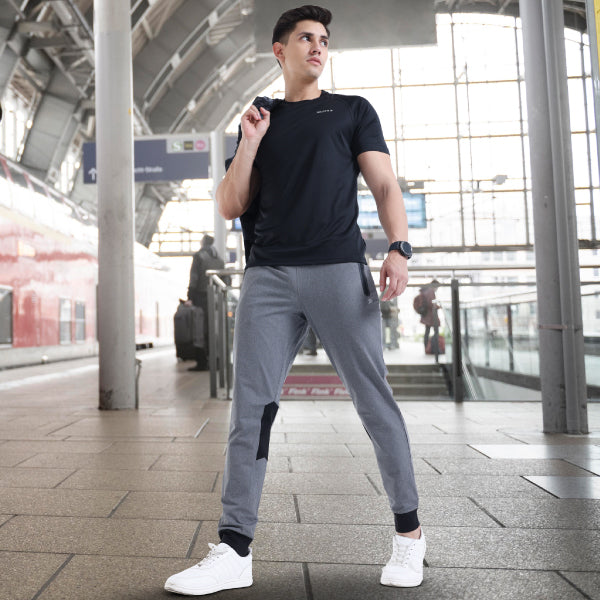
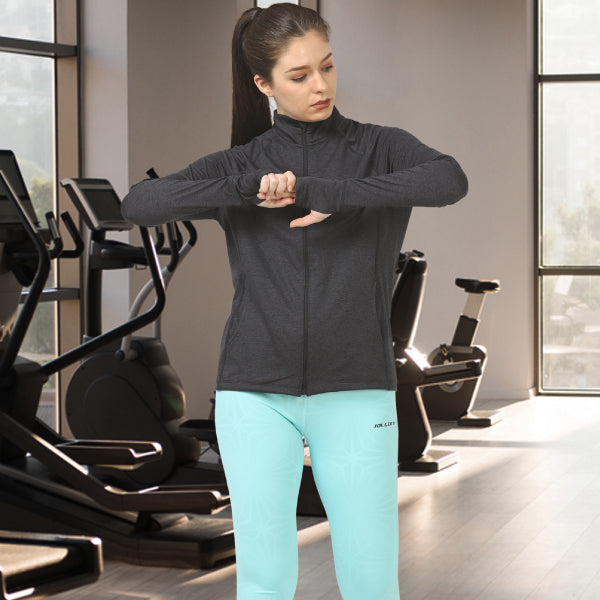
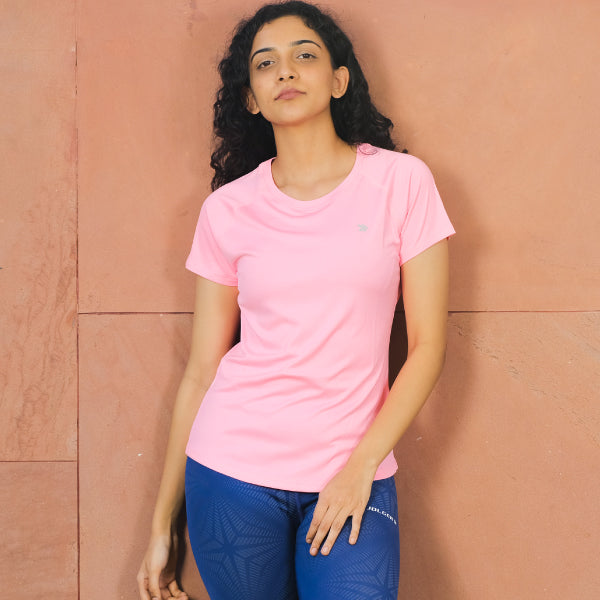
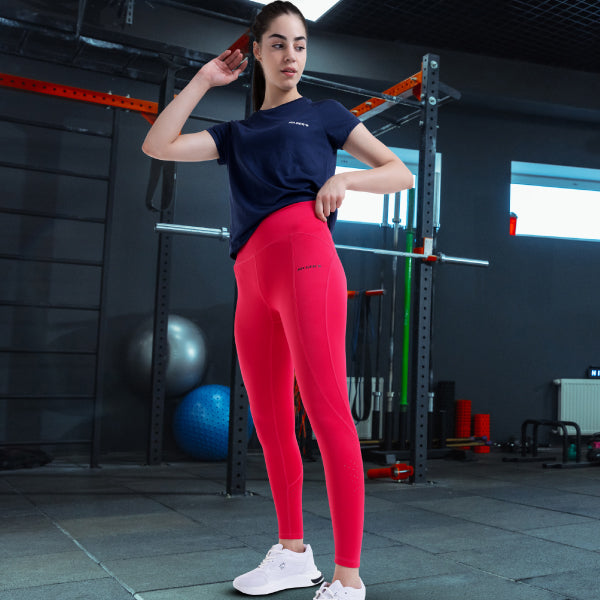
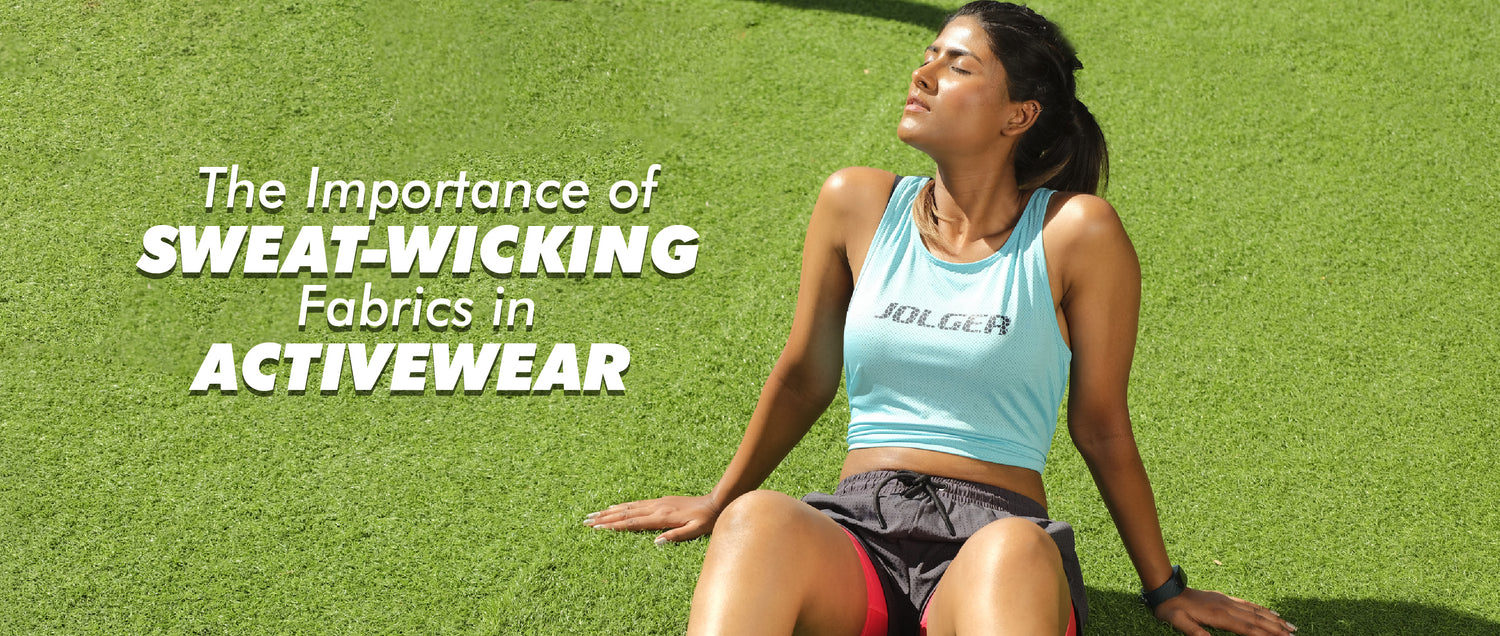
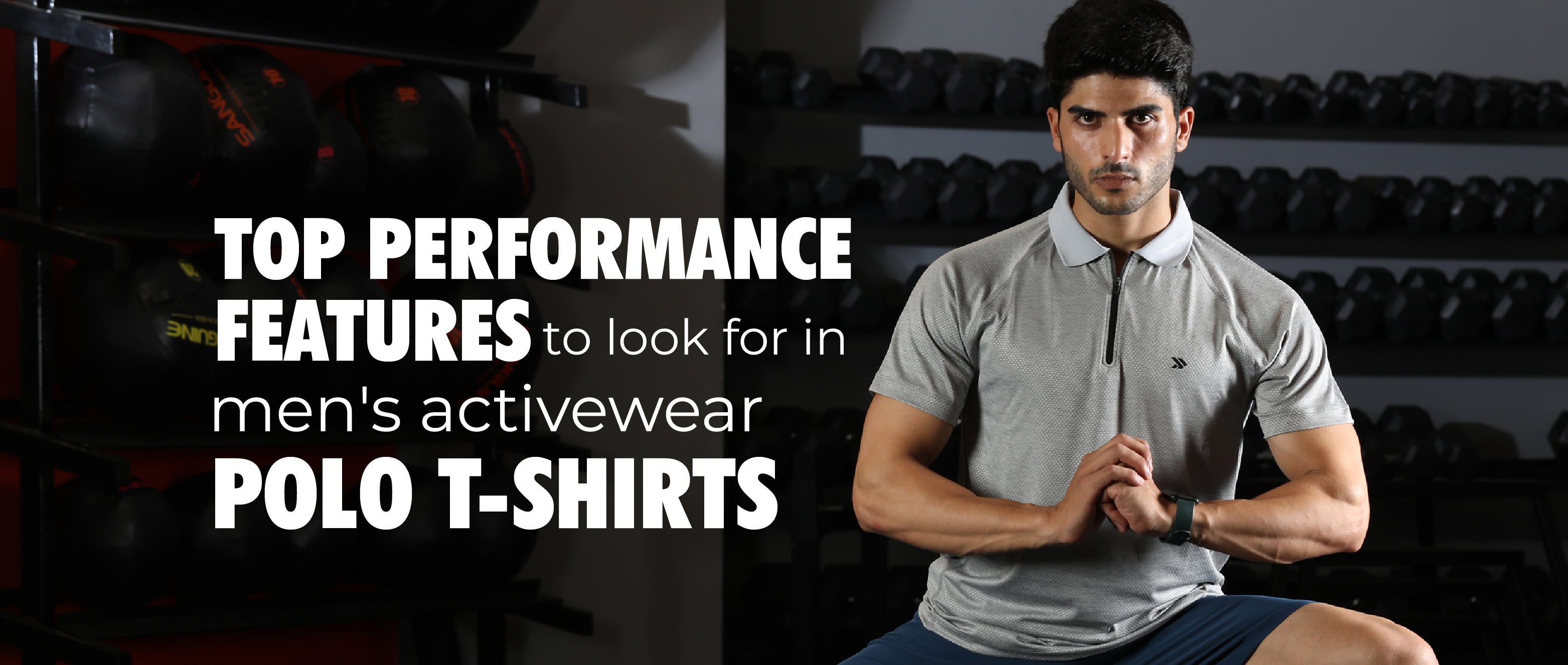
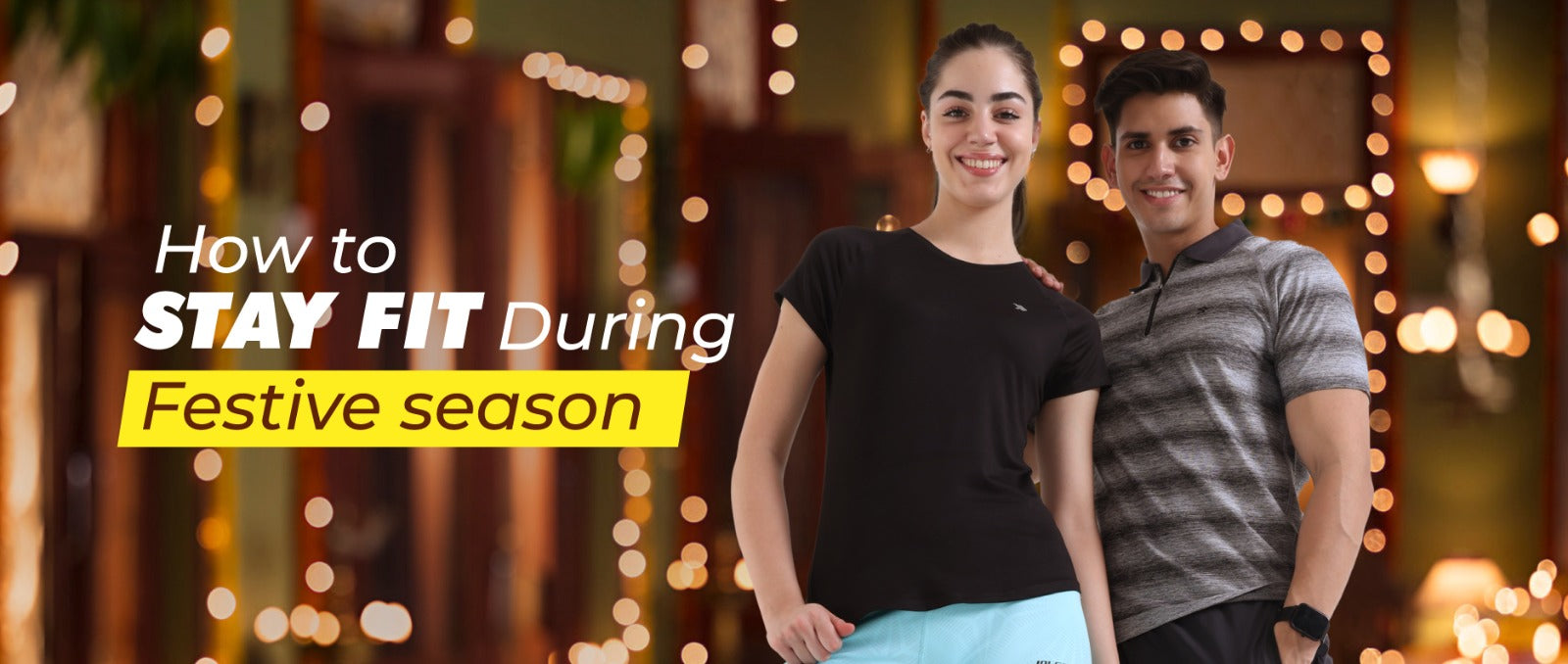
Leave a comment
This site is protected by hCaptcha and the hCaptcha Privacy Policy and Terms of Service apply.